

Mule CloudHub Connector: Part 2
source link: https://dzone.com/articles/mule-cloudhub-connector-part-2
Go to the source link to view the article. You can view the picture content, updated content and better typesetting reading experience. If the link is broken, please click the button below to view the snapshot at that time.

In Part 1 of this series, we looked at two features of Mule CloudHub Connector. In total, there are 5 features provided by this connector as listed below:
- Get Application
- List Applications
- Create Notification
- List Notifications
- Mark Notification
In this article (Part 2), we will look at thelast 3 features of Mule CloudHub Connector from the above list.
Create Notification:
This helps you to create a notification for an associated application in an environment. It will appear in the Runtime Manager on the top right corner as a bell icon. Below is a sample demo with connector configuration.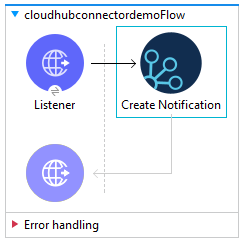
HTTP Listener Config:
Create Notification Connector Config:
Following are the configuration details:
- Domain: Name of the Application for which notification has to be created
- Message: Notification Message
- Custom Properties: Additional information about the created Notification. This detailed information is visible only using List Notification feature
- Priority: ERROR, INFO or WARN
- Transaction ID: Any unique ID
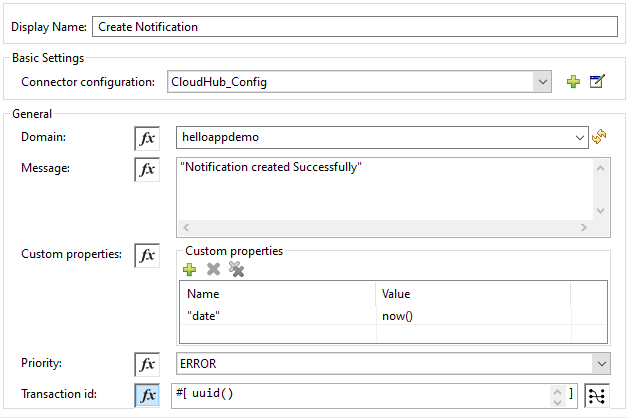

To get this notification as part of an email alert, you can configure Alert in Runtime Manager as shown below.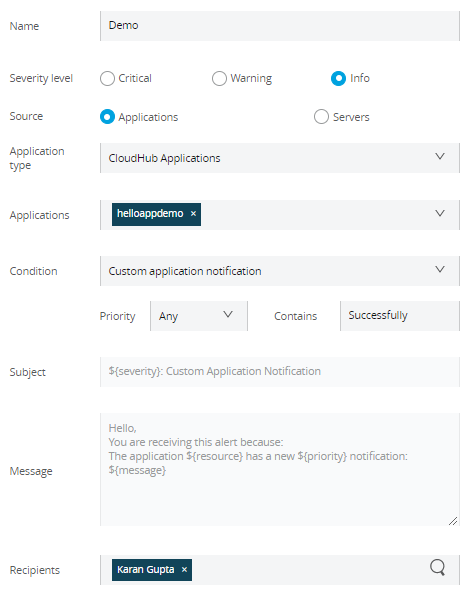
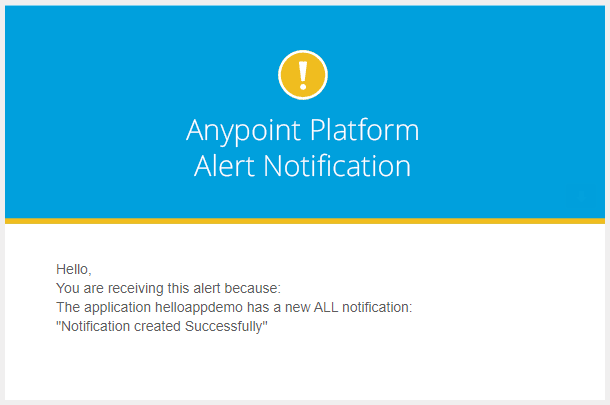
List Notification:
- This Feature helps to list/view notifications that are created.
- You can filter out the data based on Read/Unread Notification or else view all the notifications.
- You can also filter the list based on an expression that matches the notification message.
List Notification Config:

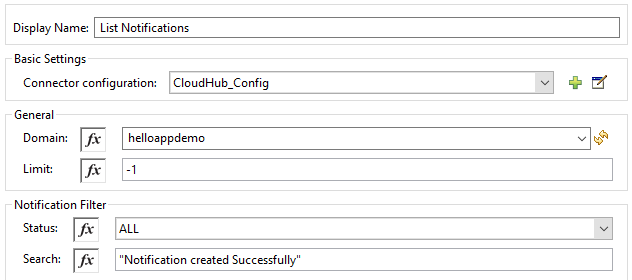
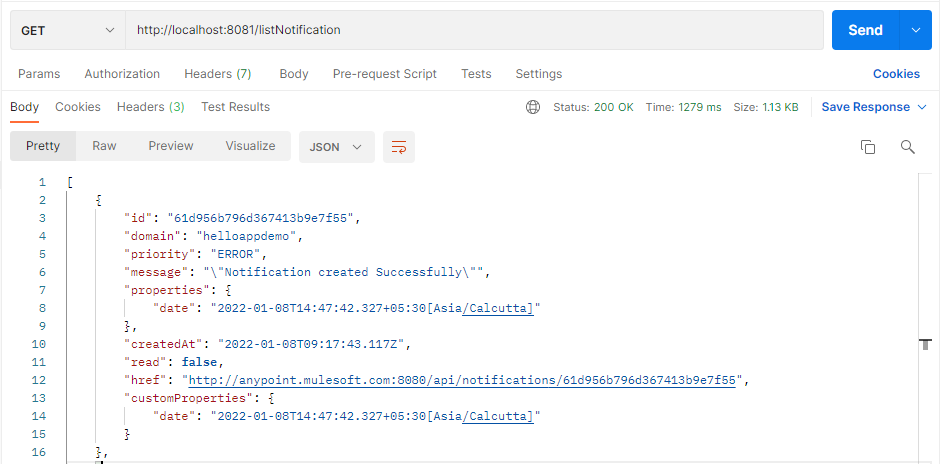 Mark Notification:
Mark Notification:
- This feature helps to mark Notification as Read/Unread based on the Transaction ID.
Mark Notification Config:
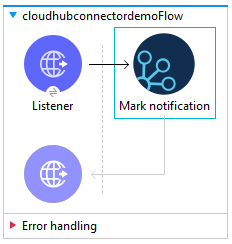


Recommend
-
 50
50
In this article, we will learn how to include pom dependency (jar) files that are excluded by default in Mule, details of the error, and debug procedure. Deployment Error:
-
 51
51
In this article, I will explain how to leverage the Dataweave Language on performing data filtering. For instance, we need to prepare a payload for a Salesforce Upsert Operation where the initial records (Contacts) came f...
-
 50
50
Mule 4: JMS Pub and Sub With Transformation DZone's Guide to Mule 4: JMS Pub and Sub With Transformation Take a look at a tutorial that explains how to conne...
-
 78
78
Patching in MUnit is different than how the Mule runtime is patched. MUnit runs using the embedded container, which downloads all required dependencies to start a container based on a given version. Her...
-
 9
9
Mule ESB 3使用要点 Mule ESB 3使用要点 参与翻译可以联系:[email protected] Mule是一个灵活的消息处理和集成框架。你使用Mule的方式取决于你要尝试解决的问题。Mule3提供了多种配置构建方法,这些方法可...
-
 10
10
MuleSoft — SNS Connector Anypoint Connector for Amazon SNS (Amazon SNS Connector) provides connectivity to the Amazon Simple Notification Service (Amazon SNS) API, enabling you to build distributed web-enabled applic...
-
 9
9
Introduction Mule 4.4 version was released on November 2021. This version includes: Enhancements on Logging mechanism C...
-
 6
6
Introduction Data security is an important aspect of the digital world. It helps to prevent data breaches, reduces the risk of data exposure, secures sensitive data, and is highly recommended for the regulatory compliance process. Wi...
-
 9
9
What Is Travis CI? Travis CI is a hosted continuous integration service used to build and test software projects hosted at GitHub and Bitbucket. Travis CI provides various paid plans for private projects and a free plan for o...
-
 6
6
To start developing API in Mule for this use case, we need to first create a project in Google Cloud Platform. So let us first complete the setup for it. Setting Up Google Cloud Platform Log in to
About Joyk
Aggregate valuable and interesting links.
Joyk means Joy of geeK